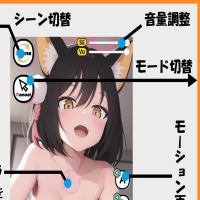For the last couple of generations, AMD has been striving to compete with Nvidia at the high end. However, with the AMD Radeon RX 9070 XT, Team Red has shifted its focus from the ultra-high-end RTX 5090 to delivering the best graphics card for the majority of gamers—a goal it absolutely achieves.
The AMD Radeon RX 9070 XT, priced at $599, goes head-to-head with the $749 GeForce RTX 5070 Ti, positioning it as one of the top GPUs on the market today. AMD enhances its appeal with FSR 4, introducing AI upscaling to an AMD graphics card for the first time. This makes the RX 9070 XT the ideal choice for 4K gaming, especially for those not willing to spend $1,999 on the RTX 5090.
Purchasing Guide
----------------The AMD Radeon RX 9070 XT will be available starting March 6, with a starting price of $599. Be aware that prices may vary due to third-party cards, which might be priced higher. Aim to purchase one under $699 for the best value.
AMD Radeon RX 9070 XT – Photos
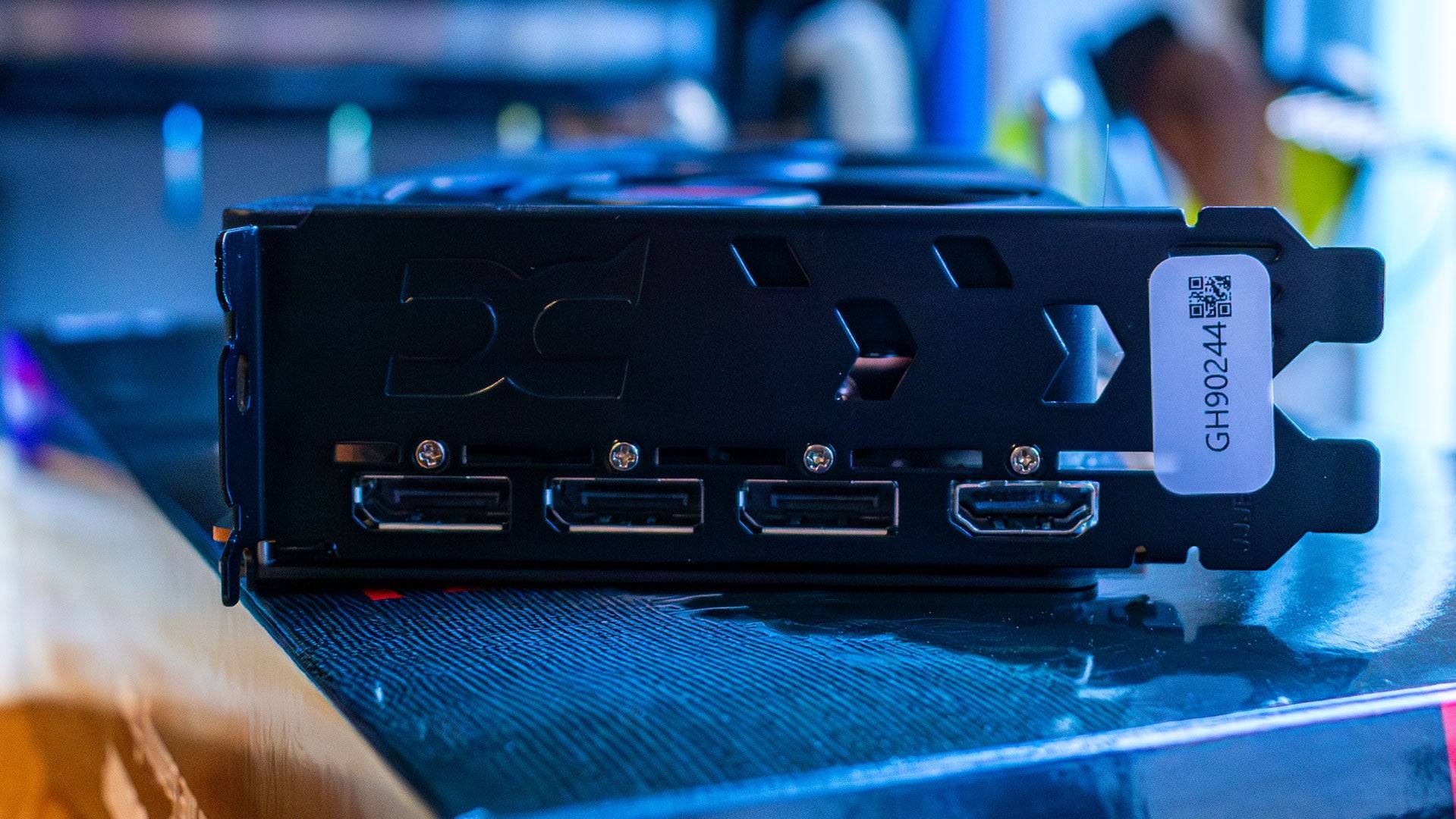
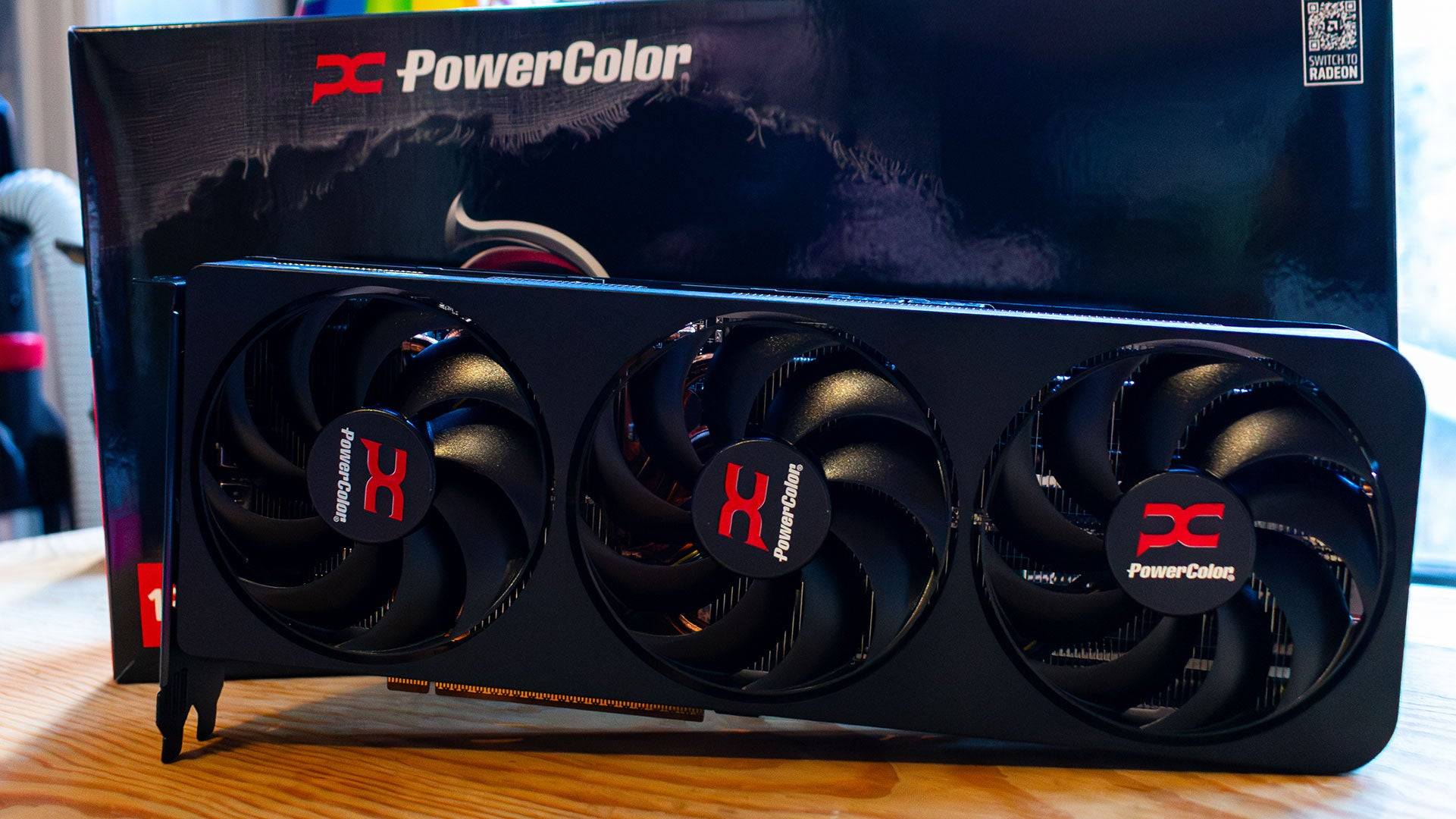 4 Images
4 Images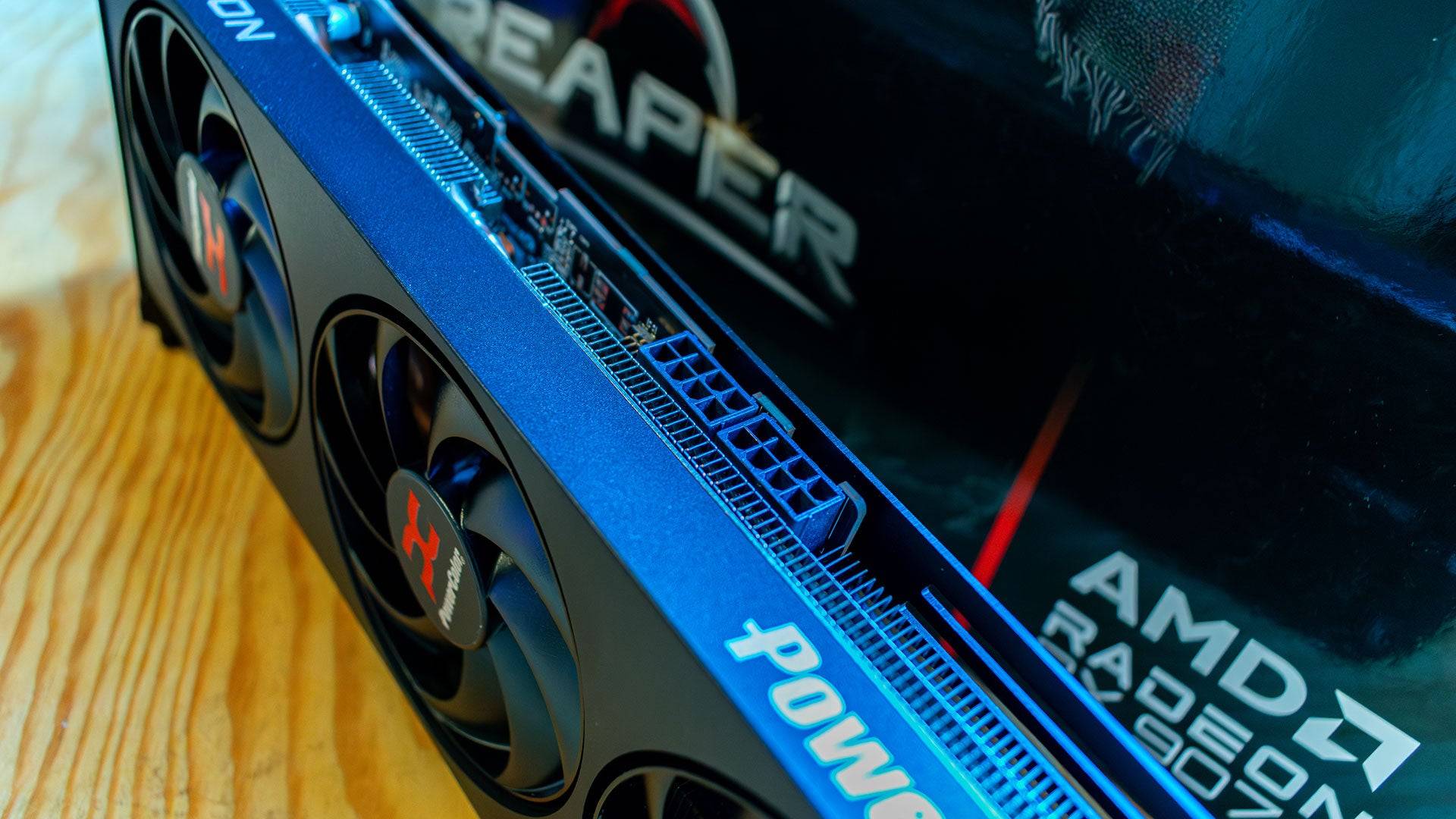
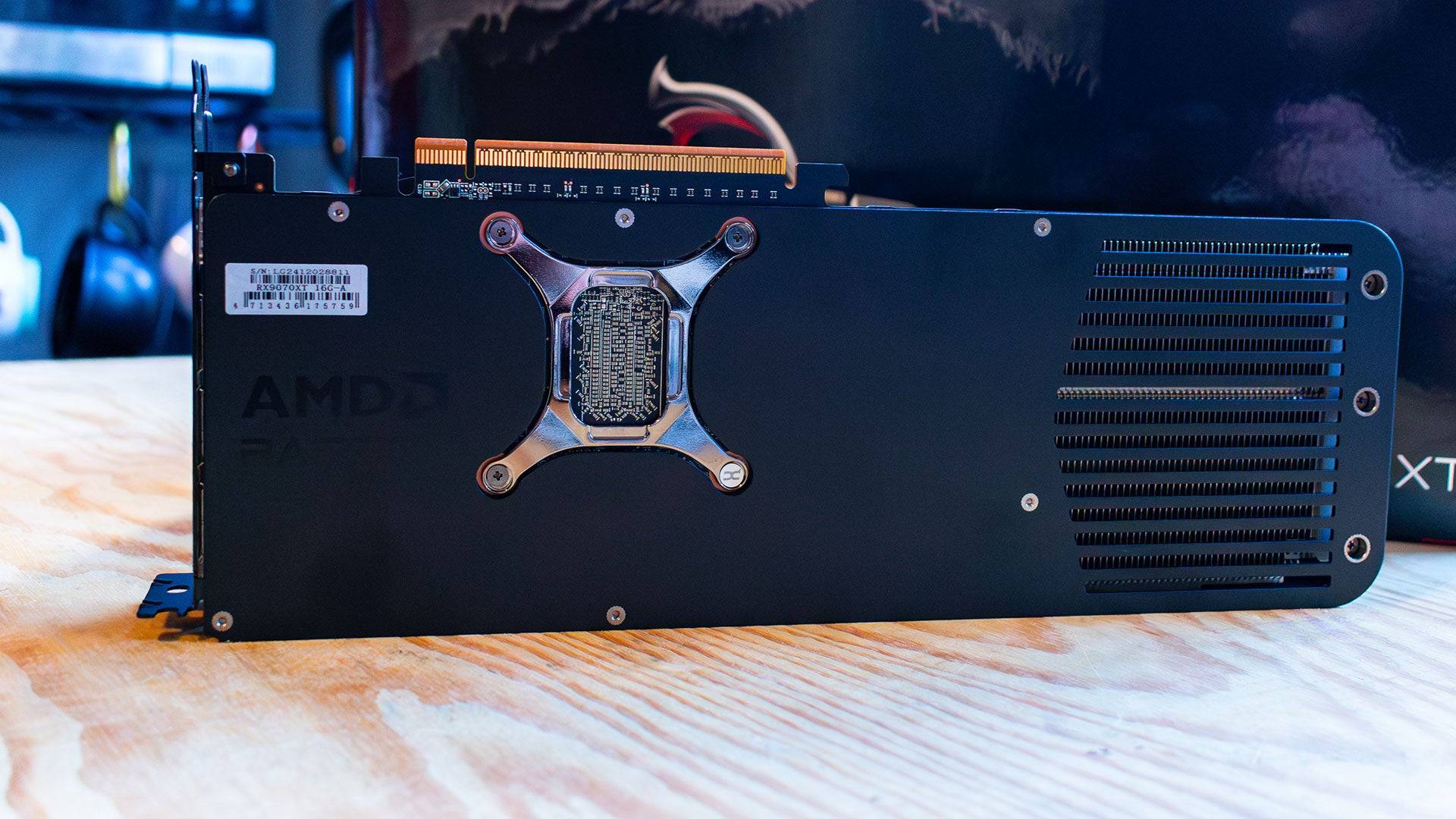
Specs and Features
------------------Built on the RDNA 4 architecture, the AMD Radeon RX 9070 XT brings significant improvements to its shader cores, but the real highlights are the new RT and AI Accelerators. The AI Accelerators power FidelityFX Super Resolution 4 (FSR 4), marking the first time AMD graphics cards feature AI upscaling. While FSR 4 may not boost framerates over FSR 3.1, it significantly enhances image quality. For those prioritizing framerates, the Adrenalin software offers a toggle to disable FSR 4.
AMD has also optimized its shader cores, improving performance per core. Despite having fewer Compute Units (64) than the previous Radeon RX 7900 XT (84), the RX 9070 XT delivers a substantial generational leap at a lower launch price. Each Compute Unit contains 64 Streaming Multiprocessors (SMs), totaling 4,096, along with 64 ray accelerators and 128 AI accelerators.
However, the RX 9070 XT has less memory than its predecessor, with 16GB of GDDR6 on a 256-bit bus compared to 20GB on a 320-bit bus. This reduction affects both capacity and bandwidth, but it remains sufficient for most 4K gaming needs. The new architecture is more efficient, yet the RX 9070 XT requires a slightly higher power budget of 304W compared to the 7900 XT's 300W.
Cooling the RX 9070 XT is manageable, with a standard power budget for modern graphics cards. Notably, AMD has not released a reference design for the RX 9070 XT, leaving third-party manufacturers to produce the GPU. The Powercolor Radeon RX 9070 XT Reaper, with its compact triple-fan design, maintained a temperature of 72°C during testing.
The RX 9070 XT uses standard power connectors, requiring two 8-pin PCI-E connectors, making it an accessible upgrade for most users with a recommended 700W power supply. It features three DisplayPort 2.1a and one HDMI 2.1b port, though the addition of a USB-C port would enhance its versatility.
FSR 4
-----For years, AMD has sought an AI upscaling solution to rival DLSS. While previous versions of FidelityFX Super Resolution offered performance, they suffered from ghosting and fuzziness. The Radeon RX 9070 XT introduces FSR 4, an AI-powered solution that analyzes previous frames and game engine data to upscale lower-resolution images to native resolution. Although FSR 4 improves image quality over FSR 3, it incurs a performance hit.
In Call of Duty: Black Ops 6 at 4K Extreme settings with FSR 3.1 set to "Performance," the RX 9070 XT achieved 134 fps. Switching to FSR 4 reduced this to 121 fps, a 10% performance drop, but with enhanced image quality, particularly in elements like grass and in-game text. Similarly, in Monster Hunter Wilds at 4K max settings with FSR 3 and ray tracing enabled, the RX 9070 XT managed 94 fps, dropping to 78 fps with FSR 4—a 20% performance decrease.
This performance trade-off is expected, as AI upscaling is more resource-intensive than temporal solutions. AMD acknowledges this, emphasizing that the improved image quality should compensate for the performance drop, especially for single-player games where visuals are paramount. FSR 4 is an opt-in feature, easily disabled in the Adrenalin software if needed.
AMD Radeon RX 9070 XT & 9070 – Benchmarks
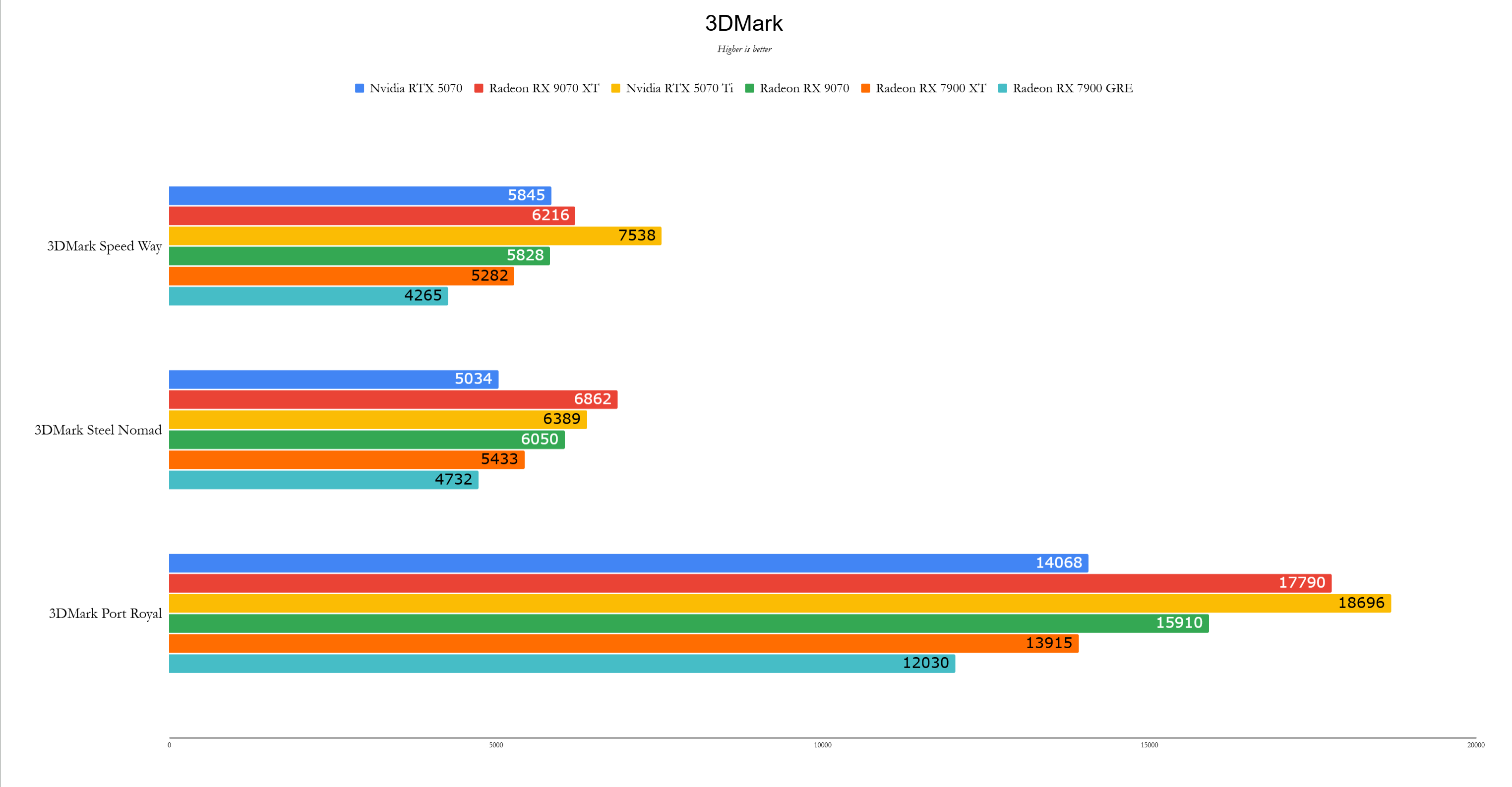
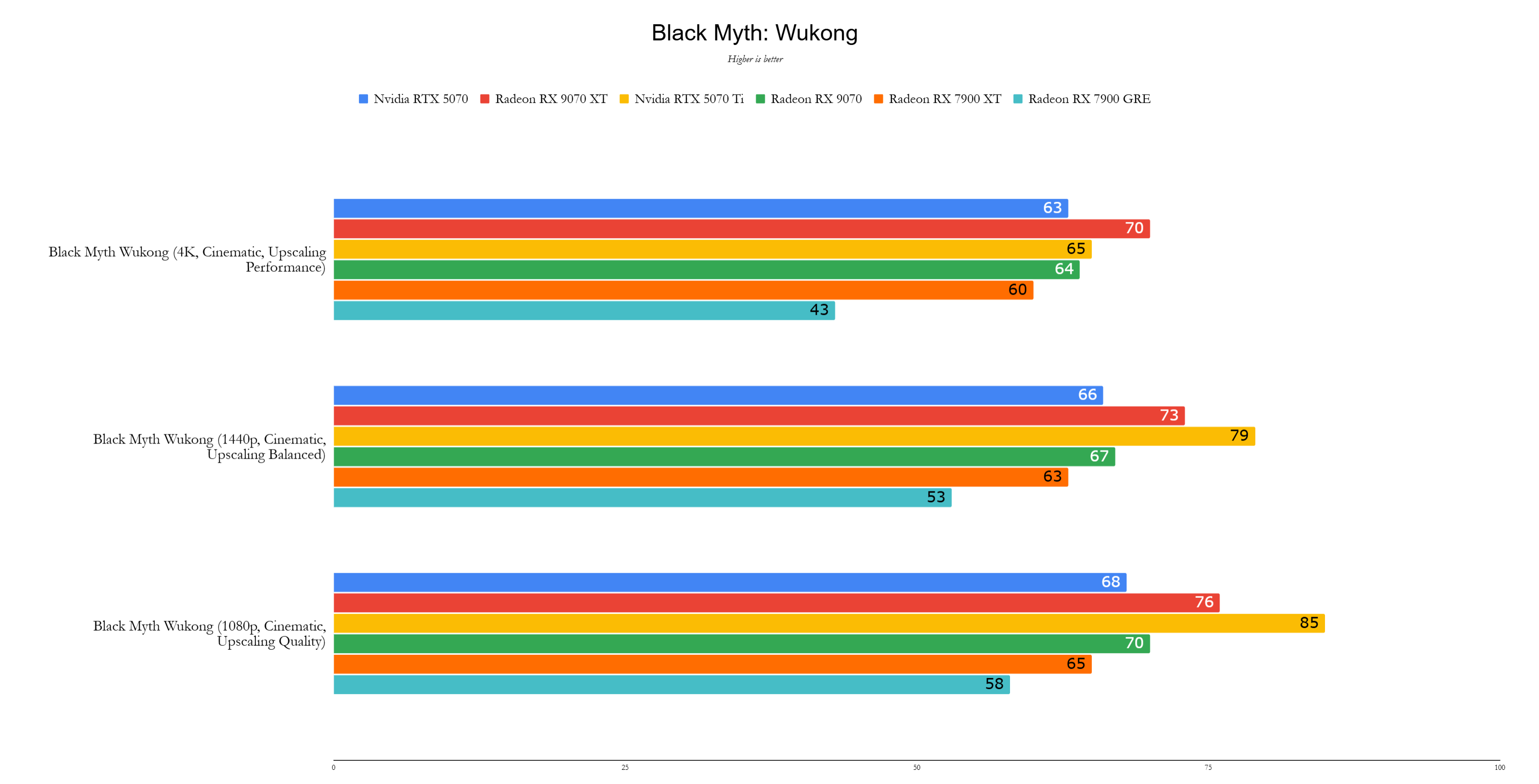 11 Images
11 Images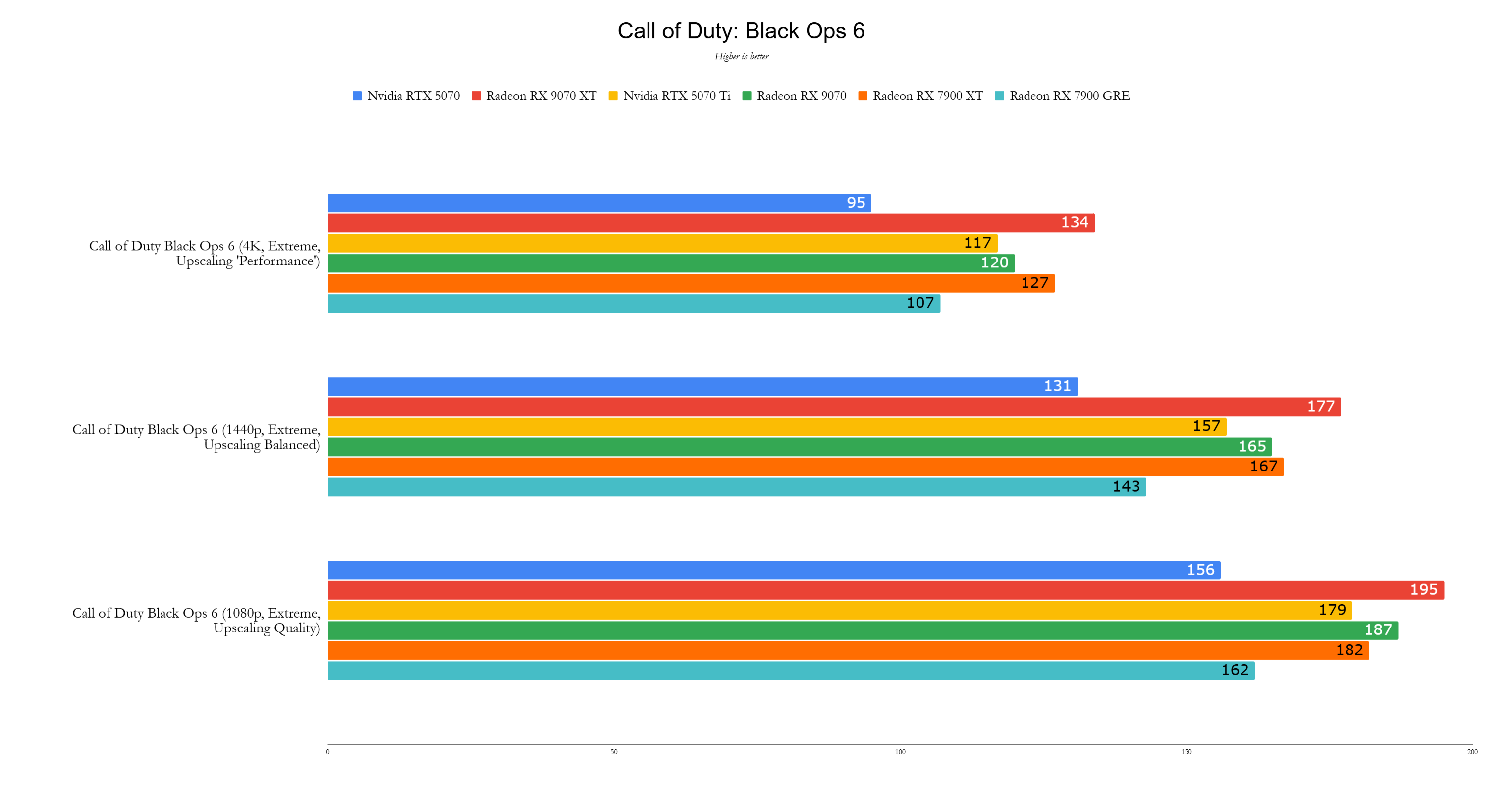
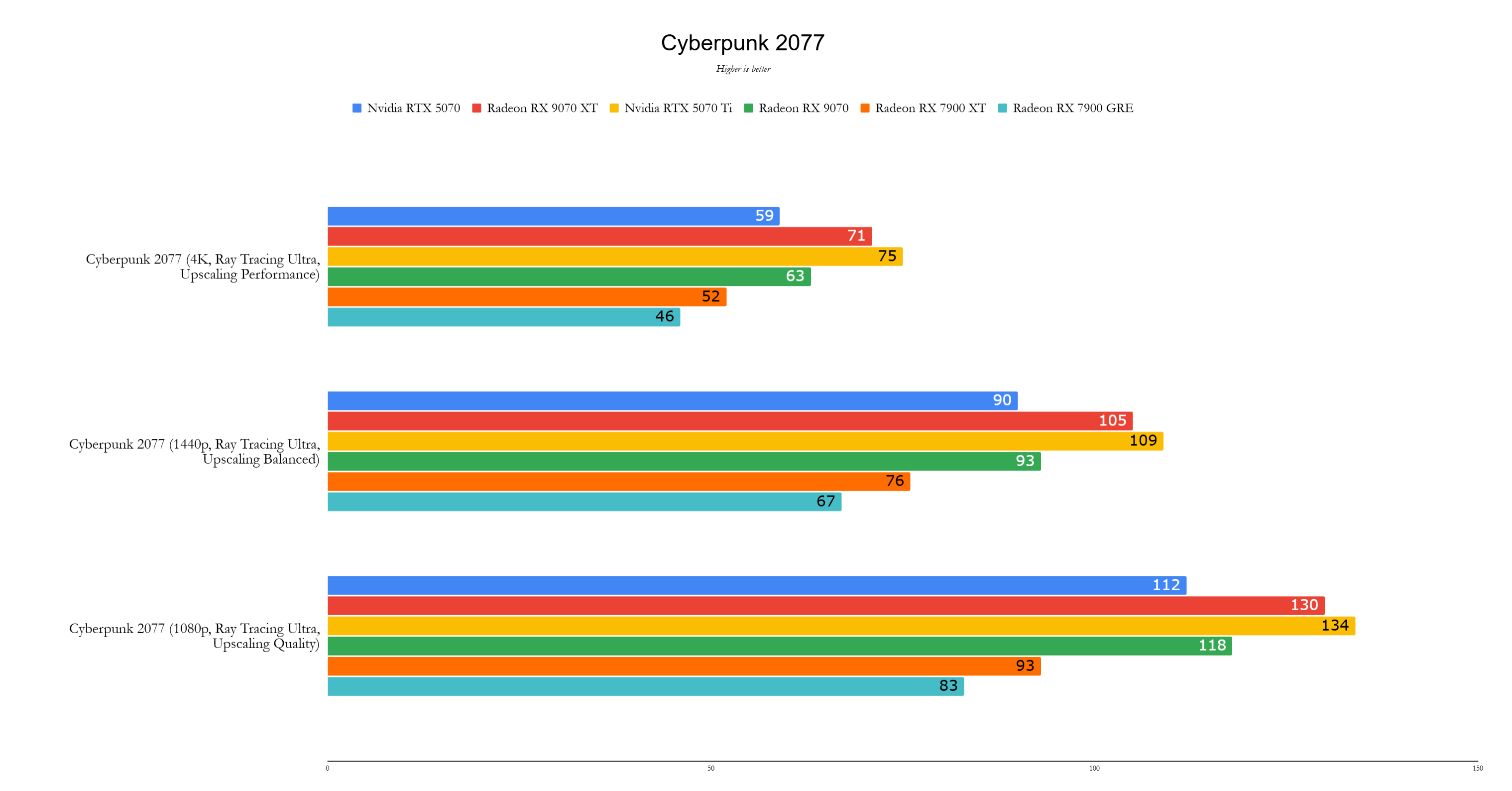
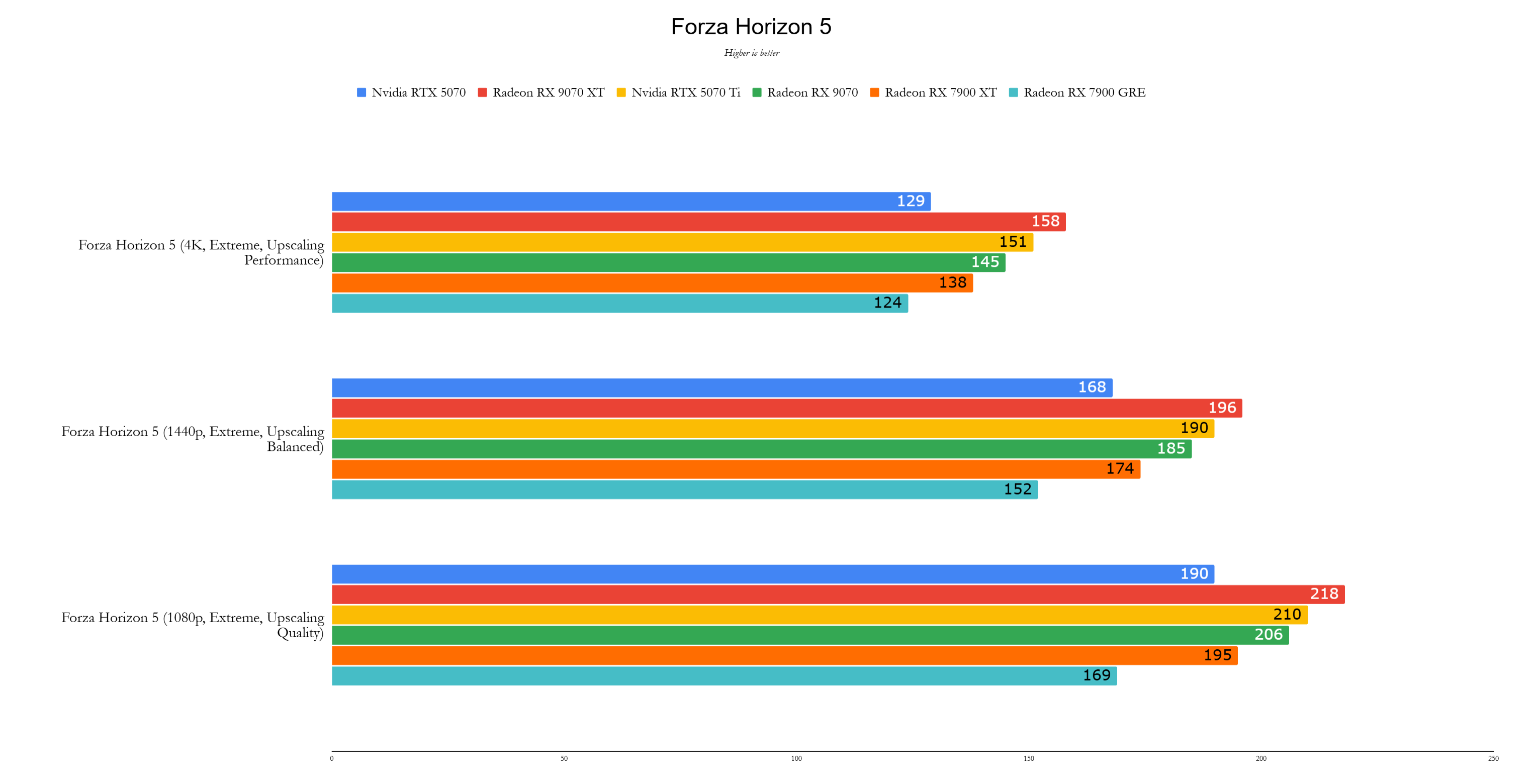
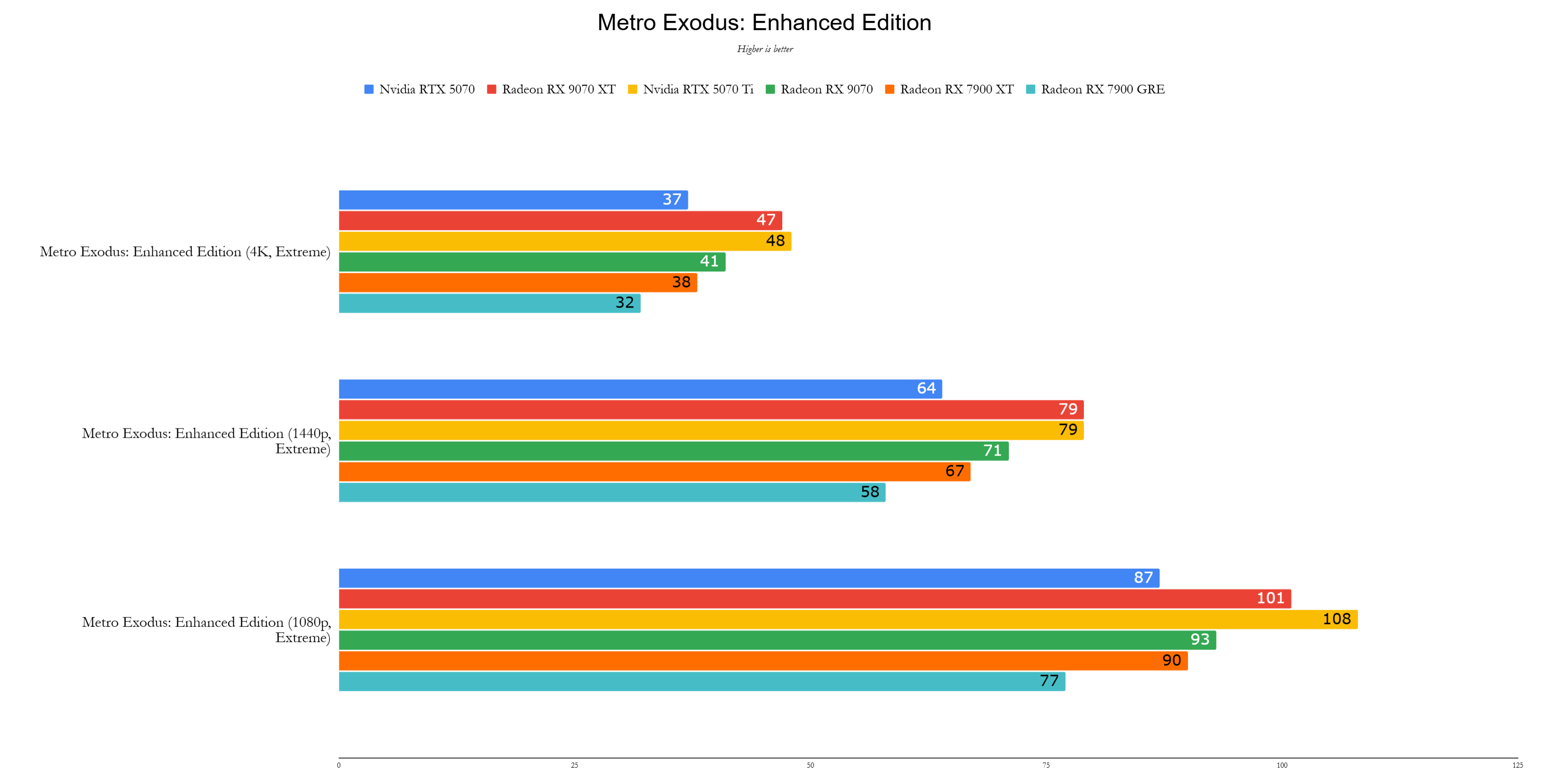
Performance
-----------AMD has delivered a strong contender with the Radeon RX 9070 XT. Priced at $599, it undercuts the Nvidia GeForce RTX 5070 Ti by 21% while being, on average, 2% faster. Although the RTX 5070 Ti outperforms the RX 9070 XT in some games, their competitive performance is a significant achievement for AMD.
Across the test suite, the RX 9070 XT was about 17% faster than the RX 7900 XT, which launched at $899 two years ago, and 2% faster than the new $749 RTX 5070 Ti. The RX 9070 XT excels at 4K, maintaining its lead even with ray tracing enabled, making it an excellent entry-level 4K graphics card.
All graphics cards were tested with the latest available drivers. Nvidia cards used Game Ready Driver 572.60, except for the RTX 5070, which was on review drivers. AMD cards were tested on Adrenalin 24.12.1, except for the RX 9070 XT and RX 9070, which used pre-release drivers provided by AMD.
While 3DMark isn't a playable game, it provides a good comparison of graphics card potential. The RX 9070 XT outperformed the 7900 XT by 18% in Speed Way but was 18% behind the RTX 5070 Ti. In the Steel Nomad benchmark, the RX 9070 XT's performance increased to 26% over the RX 7900 XT and even surpassed the RTX 5070 Ti by 7%.
In Call of Duty: Black Ops 6, the RX 9070 XT led the RTX 5070 Ti by 15%, though this game favors AMD hardware. In Cyberpunk 2077, traditionally an Nvidia stronghold, the RX 9070 XT achieved 71 fps at 4K with Ray Tracing Ultra and FSR 3 in performance mode, compared to the RTX 5070 Ti's 75 fps with DLSS—a mere 5% difference despite the significant price gap.
Metro Exodus, tested without upscaling, saw the RX 9070 XT manage 47 fps at 4K, nearly matching the RTX 5070 Ti's 48 fps. In Red Dead Redemption 2, the RX 9070 XT reached 125 fps with all settings maxed, outperforming the RTX 5070 Ti's 110 fps.
However, the RX 9070 XT fell 13% behind the RTX 5070 Ti in Total War: Warhammer 3, with 76 fps compared to the 7900 XT's 71 fps. In Assassin's Creed Mirage, the RX 9070 XT regained its footing, achieving 163 fps, surpassing the RTX 5070 Ti's 146 fps by 12% and the 7900 XT's 150 fps by 9%.
The RX 9070 XT's most surprising victory came in Black Myth Wukong, where it achieved 70 fps at 4K with the Cinematic Preset and FSR set to 40%, outperforming the RTX 5070 Ti's 65 fps by 8%. In Forza Horizon 5, the RX 9070 XT reached 158 fps, slightly ahead of the RTX 5070 Ti's 151 fps.
Announced quietly at CES 2025, the Radeon RX 9070 XT feels like AMD's strategic move against Nvidia's Blackwell graphics cards. At $599, it represents a return to sensible pricing in the graphics card market. While not as fast as the RTX 5080 or RTX 5090, those cards are overkill for most users and cost at least $400 more.
The last great flagship graphics card was arguably the GTX 1080 Ti, launched at $699 in 2017. While the RX 9070 XT doesn't claim the title of the fastest consumer card, it feels like the first worthy flagship since then.







